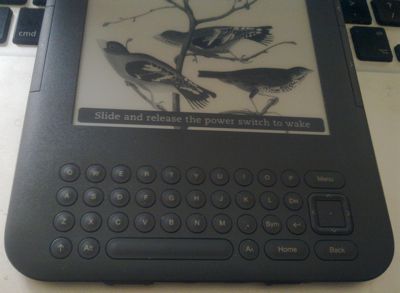 This morning I took (early) delivery of Amazon’s new Kindle 3 – I opted for the WiFi only version – a device that claims 50% better contrast than any other e-reader, a 21% smaller body while keeping the same 6″ size reading area, and a 20% increase in the speed of page turns. These are, of course, all very welcome improvements but specs alone don’t tell the real story of Kindle’s appeal and why it sets the bench mark for an e-reading experience. Instead, it’s Amazon’s decision to adopt a vertical model: controlling the hardware, software and, most controversially, content of the Kindle that define the user experience. But first, let’s dive into the device itself.
This morning I took (early) delivery of Amazon’s new Kindle 3 – I opted for the WiFi only version – a device that claims 50% better contrast than any other e-reader, a 21% smaller body while keeping the same 6″ size reading area, and a 20% increase in the speed of page turns. These are, of course, all very welcome improvements but specs alone don’t tell the real story of Kindle’s appeal and why it sets the bench mark for an e-reading experience. Instead, it’s Amazon’s decision to adopt a vertical model: controlling the hardware, software and, most controversially, content of the Kindle that define the user experience. But first, let’s dive into the device itself.
Continue reading »
 I’ve argued before that with regards to eBooks and the Kindle,
I’ve argued before that with regards to eBooks and the Kindle, 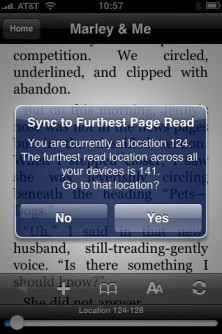
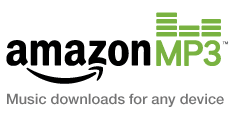 With the major labels cajoling Apple into upping the cost of the most popular tracks on iTunes, I wondered how long it would take other music download stores to follow suit. Not long it seems – less than a day in fact – with
With the major labels cajoling Apple into upping the cost of the most popular tracks on iTunes, I wondered how long it would take other music download stores to follow suit. Not long it seems – less than a day in fact – with 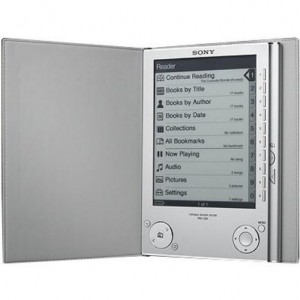 Not sure if this is such a big deal but owners of Sony’s Reader – which
Not sure if this is such a big deal but owners of Sony’s Reader – which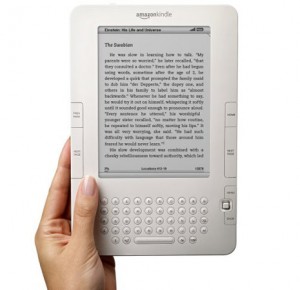 Usability guru Jackob Nielson has given Amazon’s Kindle eBook reader
Usability guru Jackob Nielson has given Amazon’s Kindle eBook reader 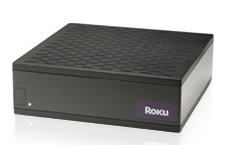 No longer limited to
No longer limited to 
